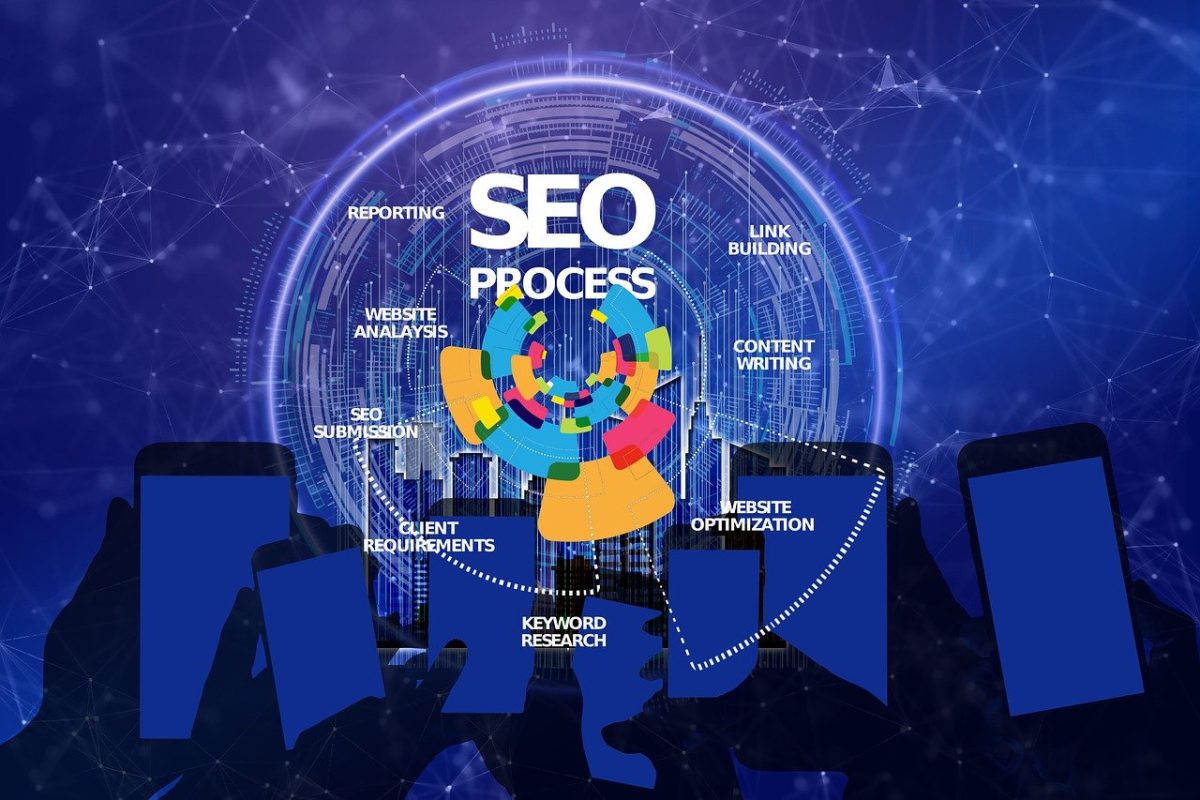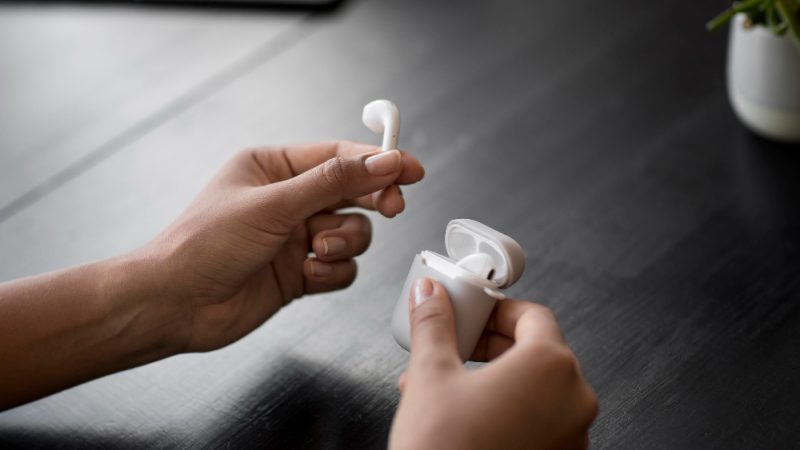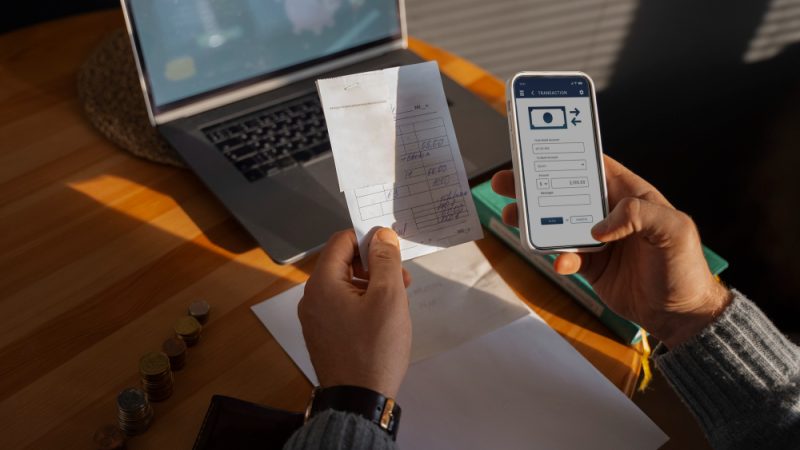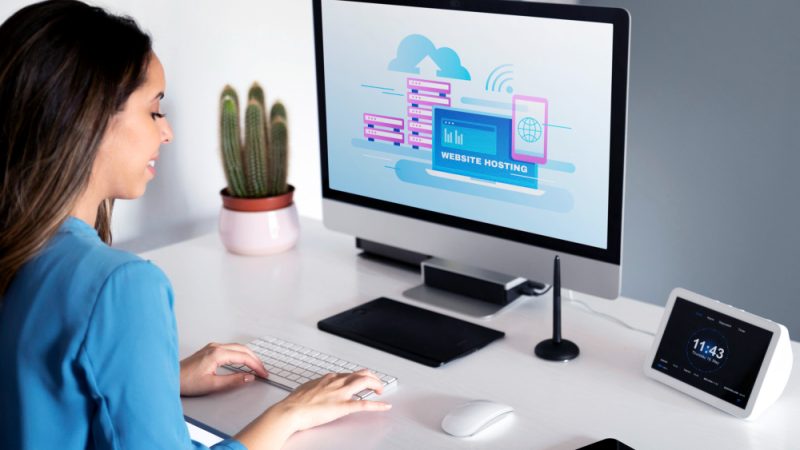Understanding the basics of SEO for artists: Tips and techniques

As an artist, creating stunning and captivating works of art is only one part of the equation. In order to ensure that your creations reach a wider audience and gain the recognition they deserve, it’s essential to have a solid understanding of Search Engine Optimization (SEO). While the concept of SEO can seem intimidating, it’s really just a series of techniques and best practices that help search engines like Google understand the content of your website or online portfolio.
By optimizing your site for search engines, you’ll be able to attract more visitors, increase your online visibility, and ultimately, boost your artistic career. In this article, we’ll delve into the basics of SEO services for artists, sharing valuable tips and techniques that will help you optimize your website and showcase your art to the world.
Understanding Keywords
Keywords are the foundation of SEO services. They are the words and phrases that people use to search for information, products, or services on search engines like Google, Bing, or Yahoo. Understanding keywords is essential for optimizing your website, because by incorporating relevant keywords into your content, you can improve your chances of ranking higher in search results and attracting more organic traffic to your site.
To identify the right keywords for your website, start by thinking about the words or phrases that your potential audience would use when searching for your art or the type of art that you create. Consider the terms that describe your style, medium, subject matter, and any other relevant factors. Tools like Google’s Keyword Planner can help you research keywords and analyze their search volume, competition level, and relevance to your content.
It’s important to use keywords strategically and organically throughout your website’s content, including in page titles, Meta descriptions, headlines, body copy, and image alt tags. However, be careful not to overuse keywords, as search engines may penalize you for “keyword stuffing” or using too many irrelevant keywords. Focus on creating high-quality, engaging content that naturally incorporates relevant keywords, and you’ll be on your way to optimizing your website for search engines and attracting more visitors to your artistic creations.
On-page SEO Techniques
On-page SEO services techniques refer to the tactics that you can use to optimize individual pages on your website to improve their rankings in search results. Here are some effective on-page SEO techniques that can help improve your website’s search visibility:
- Optimize page titles and Meta descriptions: These elements appear in search results, so it’s important to create titles and descriptions that are descriptive, engaging, and include relevant keywords.
- Use header tags: Header tags (H1, H2, H3) help organize your content and make it easier for search engines to understand the hierarchy and importance of different sections of your page.
- Incorporate keywords naturally: Include relevant keywords in your content, but avoid overusing them or “stuffing” them into your pages unnaturally.
- Optimize images: Use descriptive file names and alt tags for your images, which help search engines understand the content of your pages.
- Improve page load speed: Faster pages tend to rank better in search results, so optimize your page load speed by minimizing image sizes, using a fast web host, and leveraging browser caching.
- Create high-quality content: High-quality, engaging content is essential for SEO services success. Focus on creating content that provides value to your audience, uses relevant keywords, and is well-written and structured.
- Use internal linking: Link to other relevant pages on your website, which can help search engines understand the structure of your site and improve the user experience.
By implementing these on-page SEO techniques, you can improve your website’s search visibility, attract more organic traffic, and ultimately increase your chances of success as an artist.
Off-page SEO Techniques
Off-page SEO techniques refer to the tactics that you can use outside of your website to improve its search engine rankings. Here are some effective off-page SEO techniques that can help improve your website’s search visibility:
- Build backlinks: Backlinks are links from other websites that point to your website, and they are a key factor in search engine rankings. Focus on building high-quality backlinks from reputable websites in your niche.
- Participate in social media: Engage with your audience on social media platforms like Facebook, Twitter, and Instagram. Share your content and interact with others in your niche, which can help attract more followers and potential customers.
- Collaborate with other artists: Collaborating with other artists can help expand your reach and attract new audiences. Consider collaborating on joint projects or participating in group shows to increase your exposure.
- Guest blog on other websites: Writing guest posts on other websites in your niche can help you reach new audiences and build high-quality backlinks to your website.
- Participate in online forums and communities: Engage in online forums and communities related to your niche. Participating in discussions and offering value to others can help establish you as an authority in your field and attract new followers.
- Monitor and manage your online reputation: Regularly monitor your online reputation and respond to negative reviews or comments. Your online reputation can impact your search engine rankings and overall success as an artist.
By implementing these off-page SEO services techniques, you can improve your website’s search visibility, attract more organic traffic, and ultimately increase your chances of success as an artist.
Local SEO for Artists
Local SEO for artists is the process of optimizing your website and online presence to attract more local customers and clients. Here are some effective local SEO techniques that artists can use to improve their local search visibility:
- Create a Google My Business (GMB) listing: A GMB listing is a free business profile that appears in Google search and map results. Creating a GMB listing is essential for local SEO, as it can help improve your visibility in local search results.
- Optimize your GMB listing: Optimize your GMB listing by including accurate and up-to-date information about your business, such as your address, phone number, website, hours of operation, and photos.
- Use local keywords: Incorporate local keywords into your website’s content, such as the name of your city or neighborhood. This can help attract local customers who are searching for art in your area.
- Get listed in local directories: Get listed in local directories and online directories related to your niche, such as art galleries, local business directories, and artist directories.
- Encourage online reviews: Encourage your customers to leave online reviews on platforms like Google, Yelp, or Facebook. Positive reviews can improve your visibility in local search results and attract more local customers.
- Participate in local events: Participate in local art events, fairs, or exhibitions, which can help increase your visibility in the local community and attract new customers.
By implementing these local SEO techniques, you can improve your website’s search visibility in your local area, attract more local customers, and ultimately increase your success as an artist.
Mobile Optimization
Mobile optimization is the process of ensuring that your website and online presence are optimized for mobile devices such as smartphones and tablets. With more and more people accessing the internet from mobile devices, mobile optimization is becoming increasingly important for artists who want to attract and retain mobile users. Here are some effective mobile optimization techniques that artists can use to improve their mobile search visibility:
- Use responsive design: Responsive design is a technique that allows your website to automatically adjust its layout and content to fit different screen sizes. This is essential for mobile optimization, as it ensures that your website looks great and functions properly on all devices.
- Optimize page speed: Mobile users expect fast-loading websites, so it’s important to optimize your page speed for mobile devices. Use tools like Google Page Speed Insights to identify and fix any speed-related issues.
- Simplify navigation: Simplify your website’s navigation and make it easy for mobile users to find what they’re looking for. Use clear, concise menus and avoid using too many submenus or dropdowns.
- Use mobile-friendly content: Use mobile-friendly content such as shorter paragraphs, larger font sizes, and clear calls to action that are easy to click on with a finger or thumb.
- Optimize images: Optimize your images for mobile devices by using smaller file sizes and compressing images where possible. This can help improve your page speed and make your website more mobile-friendly.
- Leverage mobile search features: Optimize your website for mobile search features such as voice search and local search. This can help you attract more mobile users who are searching for art in your local area.
By implementing these mobile optimization techniques, you can improve your website’s mobile search visibility, attract more mobile users, and ultimately increase your chances of success as an artist.
Measuring Success with Analytics
Measuring success with analytics is essential for artists who want to track their website’s performance and make data-driven decisions to improve their online presence. Here are some key metrics to track using analytics tools like Google Analytics:
- Traffic: Track the number of visitors to your website over time. This can help you identify trends and track the effectiveness of your marketing efforts.
- Engagement: Track metrics such as bounce rate, time on site, and pages per session to measure how engaged your visitors are with your website.
- Conversions: Track conversions such as form submissions, email sign-ups, and sales to measure the effectiveness of your website in achieving your business goals.
- Referral sources: Track the sources of your website traffic, such as search engines, social media, or other websites. This can help you identify which channels are driving the most traffic and optimize your marketing efforts accordingly.
- Mobile performance: Track the performance of your website on mobile devices, such as mobile bounce rate, load time, and user behavior. This can help you optimize your website for mobile users and improve your mobile search visibility.
- Search engine rankings: Track your website’s search engine rankings for important keywords to measure the effectiveness of your SEO efforts.
By tracking these metrics and analyzing the data using tools like Google Analytics, you can gain valuable insights into your website’s performance, identify areas for improvement, and make data-driven decisions to improve your online presence and ultimately increase your success as an artist.
Conclusion
Understanding the basics of SEO is crucial for artists who want to succeed in today’s digital landscape. By implementing on-page and off-page SEO techniques, optimizing for local and mobile search, and measuring success with analytics, artists can improve their online visibility, attract more customers, and ultimately increase their success in the art world.
Whether you’re a painter, sculptor, or photographer, investing time and resources in SEO can pay off in the long run, helping you reach a wider audience and achieve your business goals. So, start optimizing your website and online presence today, and take your art career to the next level with the power of SEO!
Also Read: Reasons for Businesses to Use SEO Tools




